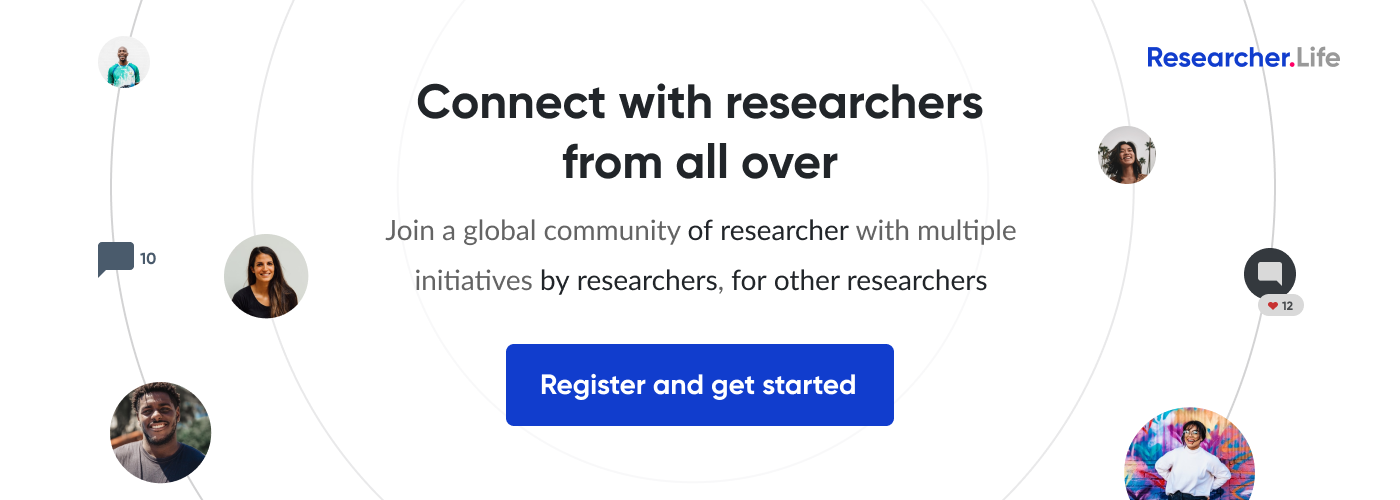How authors, reviewers, and editors perceive peer review: An overview of the Taylor & Francis report

Peer review is considered by most scholars to be a reliable method of evaluating research qualitatively. Despite this, concerns have been raised from time to time about peer review, such as the biases in peer review, the efficacy of contemporary forms of peer review such as post-publication peer review, and so on. The viewpoints of authors, reviewers, and journal editors regarding peer review differ radically on many issues. Thus, to explore the global perceptions on peer review, Taylor & Francis conducted one of the largest international research studies in 2015 and published the findings in the form of the report Peer Review in 2015 – A global view.
The Taylor & Francis study adds to the previously conducted studies on peer review – Publishing Research Consortium (PRC) and Sense about Science – to view any changes in the opinions of the major stakeholders of the peer review system.
Some of the most important questions this study explores
- What, according to today’s researchers, is the purpose of peer review, and how is reality matching up to expectations?
- How prevalent are ethical issues in peer review?
- What is the view on the time taken to receive a report or review a paper?
- Is making the data behind the research available for review realistic, and how at ease are researchers with reviewing it?
- How comfortable are authors, reviewers, and editors with different peer review models?
Facts about the report
- Globally, 7438 individuals participated in the survey
- The report focuses on six groups in UK, China, and South Africa
- The study covers sciences, social sciences, humanities, and medicine
Key findings included in the report
1. Echoing the findings from the previous studies, authors, editors, and reviewers all agreed that the most important motivation to publish in peer reviewed journals is making a contribution to the field and sharing research with others.
2. There is a general agreement that, ideally, peer review should detect plagiarism.
3. Researchers believed there was a low prevalence of gender bias but higher prevalence of regional and seniority bias – and suggested that double blind peer review is most capable of preventing reviewer discrimination.
4. Most researchers have to wait between one and six months for an article they’ve written to undergo peer review, but authors think up to two months is reasonable.
5. Respondents are close to neutral on whether underlying data should be reviewed alongside the article. In the previous PRC study, more respondents were supportive of the idea of reviewers reviewing author data.

6. There are balanced views across the options of open, open and published, and post-publication review.
7. Most researchers, across the humanities and social sciences (HSS) and science, technology, and medicine (STM), rate the benefit of the peer review process towards improving their article as 8 or above out of 10.
8. Humanities and social sciences authors say they are kept less well-informed than STM authors about the progress of their article through peer review.
9. While in an ideal world, it is desirable that reviewers provide polite feedback, highlight omissions, and suggest changes to improve readability, etc.; the respondents agree that the most achievable outcomes are reviewers checking methodology, determining the importance of findings, checking the relevance to journal scope, etc.
10. Publication of articles from non-native English-speaking researchers is negatively impacted by grammatical and language issues. Thus, there is considerable editorial work involved in initial checking and processing of articles needing language or grammatical correction that may, or may not, reach review stage.
The Taylor & Francis report sheds light on the common goals of authors, reviewers, and editors to improve peer review in areas such as communication and timeliness. While the study provides a comprehensive and well-rounded perspective on peer review, Phil Davis of Scholarly Kitchen points out a weakness in the study. According to him, “[the weakness of] the T&F study–and others like it–is that it treats peer review as a concept, rather than a collection of diverse tools used in a varied set of situations for specific purposes.” He explains that rather than opting for an approach that quizzes the authors about “What do authors expect from peer review?” a more scientific approach that seeks answers to specific questions such as “Can we identify specific problems and develop tools to solve them?” would have assisted in delving into the problems surrounding peer review and resolving them.
It is evident that peer review continues to be considered one of the mainstays of scientific publication. The report sums up the study on peer review thus: “Overall this study still found a fairly conservative researcher view, demonstrating a wish for tweaks to the current systems rather than a radically new way of assessing the quality and validity of research outputs.”
Published on: Nov 14, 2015
Comments
You're looking to give wings to your academic career and publication journey. We like that!
Why don't we give you complete access! Create a free account and get unlimited access to all resources & a vibrant researcher community.













